Sean Hutchings, Chief Technical Officer, Thome Group of Companies, noted during his presentation at the 2017 SAFETY4SEA Conference, that since the introduction of the ISM Code in the mid 90’s, there has been an increase in the number and complexity of procedures in maritime safety management systems. At the same time, there has been a rise in the number of complicated new regulations coming into force combined with increased demands from owners and charterers; all of which, he said, has led to an exponential rise in the number and complexity of administrative tasks on board. Mr. Hutchings therefore explained how a SMS can be easy to navigate and understandable to serve its purpose.
Safety management systems became mandatory with the introduction of the ISM Code and since then, there has been an increase in their size and complexity. For example, one of the complexities we currently face is e-mail, which has become a large administrative burden on board, because of the way and the speed that people onboard need to react. Before the invention of e-mail, life was much simpler. Telex comes in, telex goes out the following day through the radio officer. Nowadays they don’t have a radio officer onboard the ships. The captain, chief officer, chief engineer have to do all of the administrative tasks. On the shore side, the shipping companies tend to issue more procedures to follow and more forms and checklists to complete. Is that the best way to operate the ship safely? I don’t think so.
The complexities we have today on board the ships far exceed what they were 10 -20 years ago. Therefore, we need to make life easier for the people onboard our ships. We’ve ended up with complicated and extensive documentation. When we have an incident onboard our ships and we discover they did not follow the procedure, the first thing we do is to write a new procedure or make an existing procedure larger. However, I don’t think that it is the way to resolve our problems.
Additionally, we are drowning in a sea of regulations which is demanding more and more paperwork. The recent MRV regulation is an example of this, considering the amount of documentation that has to be collected and reported back into the EU. The documentation is so excessive that it requires more work from people onboard to comply with all requirements.
In Thome, we have started a process of trying to reduce our safety management systems by 50%. That is quite a challenge. We want the documentation to be user friendly. If you go onboard a ship you will see a load of documents in the master’s office. It’s funny that some companies requires the seafarer when they join a ship to sign a piece of paper that he has read and understood the safety management system onboard. Some of the systems are 3,000 pages long, how is it possible to read and understand what’s in those documents? They can’t even find the things they need inside those documents! So how do people onboard find the information? How do they understand what they are supposed to be doing and when they’re supposed to be doing it? Who’s supposed to be doing it? Apparently, they have to search these 3,000 pages to find the page that refers what they should be doing at that time. It’s impossible.
Due to digitalization, instead of a big manual, we now have a computer to find them. However, many of the systems are not easy to navigate, and especially the older seafarers, find it very difficult to navigate their way through the modern IT systems. In Thome, we are trying to make it logically ordered and easy to access and navigate. One of the things we try to achieve is no more than three clicks to get to any part of the document you need to see. We need to provide clear instructions across all organizational levels and understand who the persons in need to read these procedures.
So what’s the procedure philosophy that we have? It’s who does what and when. That’s all that should be in there. A lot of the focus is on ‘how’. We have moved how into appendices. The ‘How parts’ refer to basic knowledge and can be used by our junior crew to “learn the ropes” for example. But we have to understand that our fleets are manned with competent seafarers; writing procedures does not help if you have incompetent crew onboard. You can’t address competence by writing a procedure. So if we think that we can bypass the competence onboard by putting additional procedures on board, we’re mistaken.
If we look at simplicity which is part of usability, and usability is generally accepted to include three characteristics: readability, legibility and comprehension
Readability measures the complexity of words and sentence structure: how many syllables are in a word, how difficult is a word to understand, what the length of the sentence is. One of the toughest things, I think, to work out when you try to simplify a system is how to measure it. Everyone is aware of the SMART goals. ”M” stands for measurable. How do you measure how simple a document is to read? There are several test and tools which are commonly accepted, most commonly used are Flesch Reading Ease Test (score from 0-100) and Flesch-Kincaid Grade Level test (0-upwards). Both are used to determine how difficult a passage in English is to understand. We have to remember that onboard ships nowadays we have many nationalities. In Thome, we have at least six or seven different nationalities, on our ships, of which very few have English as first language.
Some interesting facts concerning a grading system to ensure that the content is readable by 80% or more of Americans: If you are reading Hemingway for example, you can read that and comprehend it in grade 4. If you read a Stephen King novel, we’re talking about a grade 8 level. The New York Times requires grade 10. So if you are halfway through the secondary school, you can read the New York Times. Typical law documents, grade 13, that’s pretty much university level. So you need to have a university education to read a typical legal document. The Times of India you have to be a grade 15, which basically means you almost have to be post-graduate educated to read and understand the Times of India. Most of our superintendents come from India and are well educated, they can thank the British for their system. They tend to write very complicated words and sentences. When I came into Thome, I discovered that some of our procedures used words I have never heard of and English, believe it or not, is my first language. I may not be from England, but I do speak it as my first language. So it was very difficult for me to understand some of these procedures. In such case, I think about our Croatian, Russian, Ukrainian or Filipino AB’s trying to read these procedures – it is impossible! I don’t know what the words mean, so they definitely can’t understand their meaning. In Thome, a grade 8 or 9 is set as ideal target for the readability of our SMS. Consequently, if you have a reasonable education level, completed middle school, you should be able to read and understand our procedures.
The revision of passage planning document is a recent example of this. The original document contained nearly 3,000 words. The readability was at grade 13 level, meaning that a university education can read that document quite comfortably, anybody else could not. The revised version now includes reduced words, down to one third of what it was previously. Also, we reduced the grade level required to read and understand to grade 7. This makes it useful for the crew onboard who need to follow it.
I do really hope shipping companies when they revise their safety management systems keep in mind that they need to make seafarers’ lives on board easier!
Above text is an edited article of Sean Hutchings presentation during the 2017 SAFETY4SEA Conference.
You may view his video presentation by clicking here.
The views presented hereabove are only those of the author and not necessarily those of SAFETY4SEA and are for information sharing and discussion purposes only.
[divider]
About Sean Hutchings, Chief Technical Officer, Thome Group of Companies
 Sean Hutchings is responsible for driving both compliance and safety cultures throughout the Group. Direct reporting units include, Group Security, HSSEQ, Fleet Services, Technical Support and Compliance departments. In addition monitoring and improving fleet performance through development of scalable solutions and provision of expertise, using innovative approaches to fleet management, with a strong emphasis on technology and processes. To closely monitor industry trends, including technological advances, ensuring Thome Group remains at the forefront of the industry in respect of safety, quality and efficiency of vessel management. Sean Hutchings has 17 years’ experience in Asia with DNV GL, including 10 years at a senior management level. He has managed a team of managers overseeing all maritime and offshore Classification activities for South East Asia and he has a wealth of managerial and technical expertise. He has a Bachelor of Engineering (Hons), University of Auckland, NZ. He is also a Member of Royal Institution of Naval Architects, UK.
Sean Hutchings is responsible for driving both compliance and safety cultures throughout the Group. Direct reporting units include, Group Security, HSSEQ, Fleet Services, Technical Support and Compliance departments. In addition monitoring and improving fleet performance through development of scalable solutions and provision of expertise, using innovative approaches to fleet management, with a strong emphasis on technology and processes. To closely monitor industry trends, including technological advances, ensuring Thome Group remains at the forefront of the industry in respect of safety, quality and efficiency of vessel management. Sean Hutchings has 17 years’ experience in Asia with DNV GL, including 10 years at a senior management level. He has managed a team of managers overseeing all maritime and offshore Classification activities for South East Asia and he has a wealth of managerial and technical expertise. He has a Bachelor of Engineering (Hons), University of Auckland, NZ. He is also a Member of Royal Institution of Naval Architects, UK.








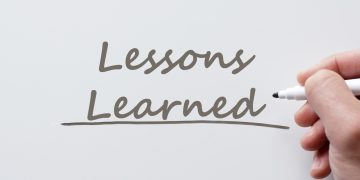














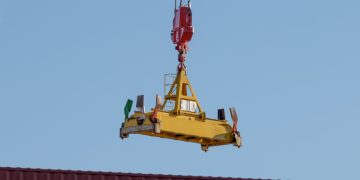
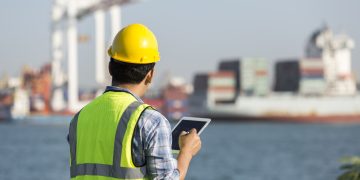
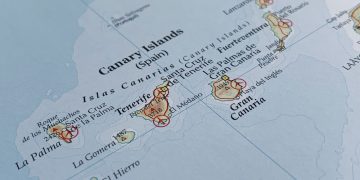








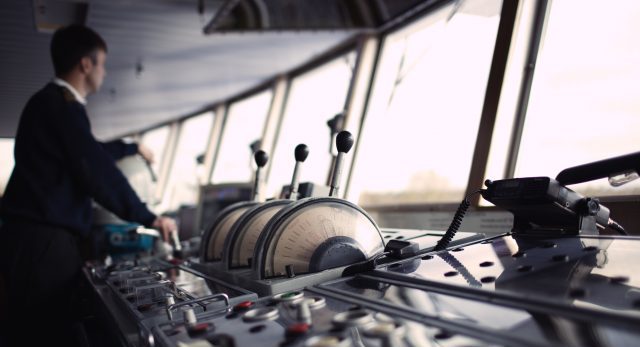







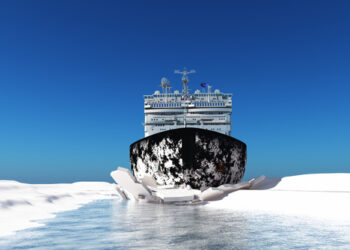

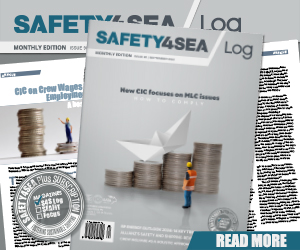
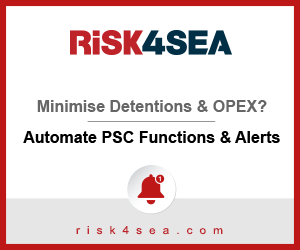
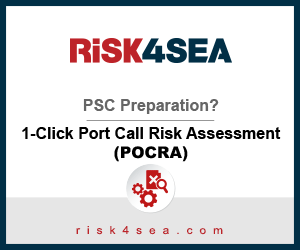
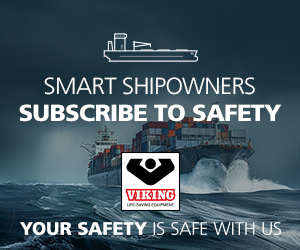
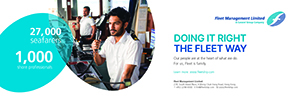

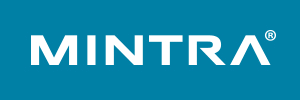
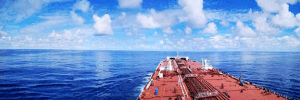


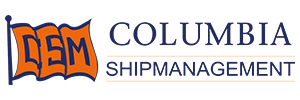













By and large, a decently written article (or speech, whatever the above is an extract from). A few comments, if I may:
“You can’t address competence by writing a procedure”.
Yes, you can. Set a minimum competence standard and put that down in your procedures. Problem solved. The tragedy is that shipping companies generally (except probably, a few good ones like his) treat it purely as a matter of demand and supply. A seaman’s contract is say 4-8 months. Building competence during that short period is an uphill task at minimum, so I doubt if a complicated SMS had any room for further aggravation. Ensure the right selection of crew and the incompetence issue should subside a bit. How many companies are ready to do it at an expense? Remember the SMS is not referred to, on a daily/hourly basis, especially by ratings or junior officers.
“They tend to write very complicated words and sentences. When I came into Thome, I discovered that some of our procedures used words I have never heard of and English, believe it or not, is my first language. I may not be from England, but I do speak it as my first language.”
Glad that his Indian superintendents have (hopefully) helped him raise his personal bar. Yes, Indians can complicate things for the sake of absolute airtightness but it wouldn’t be too expensive for a company like his to hire someone to simplify the text in question (also, probably form India). I read the Times of India since i was 10. I found it relatively easy reading even then. But now my eyes have been opened to the serious lack of comprehension of the English language around the world and therefore it would indeed be beneficial to have sentences no longer than nuresry rhymes’ choruses.
Additionally I feel that making ‘complicated’ language ‘easy’ will not reduce as many words as removal of duplication will. I suspect that played a big part in trimming their SMS.
I wish the writer all success at the helm of a very good company.